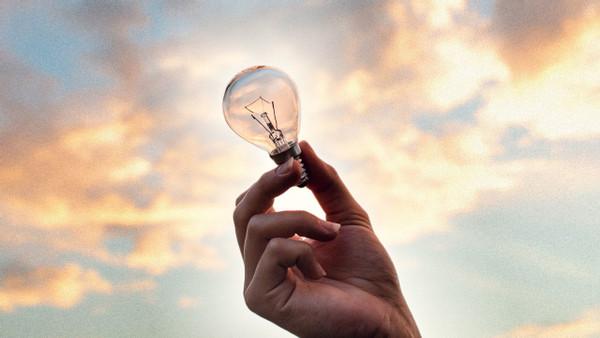5 Creativity Myths You Probably Believe
Curated from: 99u.adobe.com
Ideas, facts & insights covering these topics:
5 ideas
·5.89K reads
14
Explore the World's Best Ideas
Join today and uncover 100+ curated journeys from 50+ topics. Unlock access to our mobile app with extensive features.
The right side of the brain
Creativity isn’t the preserve of one side of the brain, and it isn’t a talent confined to people with a special kind of brain. If you’re human and you’ve got a brain, you’re capable of being creative.
It’s true that the two brain hemispheres do function differently, but crucially they are joined by massive bundles of nerve fibers and most mental functions involve the two hemispheres working together.
354
1.45K reads
The “Eureka!” moment
This myth encourages the belief that creativity is a passive process. It suggests you have to wait and hope that you’ll make a breakthrough.
That Eureka moment is actually the last step in a long, involved process and not the only step. For this to happen, your unconscious mind needs material to work with. You have to put in the hard work of studying and mastering your field and exposing yourself to different perspectives.
399
1.17K reads
The lone, eccentric geniuses
In reality, creativity is a team sport.
The lone genius myth is a stereotype and it’s unhelpful because it suggests the route to innovation is to cut oneself off from colleagues and collaboration. You need a modest amount of intelligence to be creative, but extremely high IQ is neither sufficient nor necessary for being an innovator.
349
1.13K reads
External incentives for creativity
When it comes to creative output, external gains don't really work. In fact, the opposite may be true.
Creativity that is driven by internal ambition and reward (the simple joy and satisfaction of doing something) tends to lead to more original and imaginative end results than work fueled by the promise of external gains, such as money or public recognition.
354
985 reads
Brainstorming and creativity
This is a persistent myth, that the best way to come up with ideas together is to embark on a classic brainstorming session. But people need time to work alone first, and only then should the collaborative process begin.
Group brainstorming is an effective way to share and merge people’s ideas and solutions, but it’s the wrong way to come up with ideas in the first place, and it certainly shouldn’t be the end of the creative process.
375
1.14K reads
IDEAS CURATED BY
Paul 's ideas are part of this journey:
Learn more about problemsolving with this collection
How to make rational decisions
The role of biases in decision-making
The impact of social norms on decision-making
Related collections
Similar ideas
10 ideas
Myths About Creativity You Need to Stop Believing Now
entrepreneur.com
4 ideas
Myths About Creativity
psychologytoday.com
1 idea
5 Common Myths About Creativity
forbes.com
Read & Learn
20x Faster
without
deepstash
with
deepstash
with
deepstash
Personalized microlearning
—
100+ Learning Journeys
—
Access to 200,000+ ideas
—
Access to the mobile app
—
Unlimited idea saving
—
—
Unlimited history
—
—
Unlimited listening to ideas
—
—
Downloading & offline access
—
—
Supercharge your mind with one idea per day
Enter your email and spend 1 minute every day to learn something new.
I agree to receive email updates
